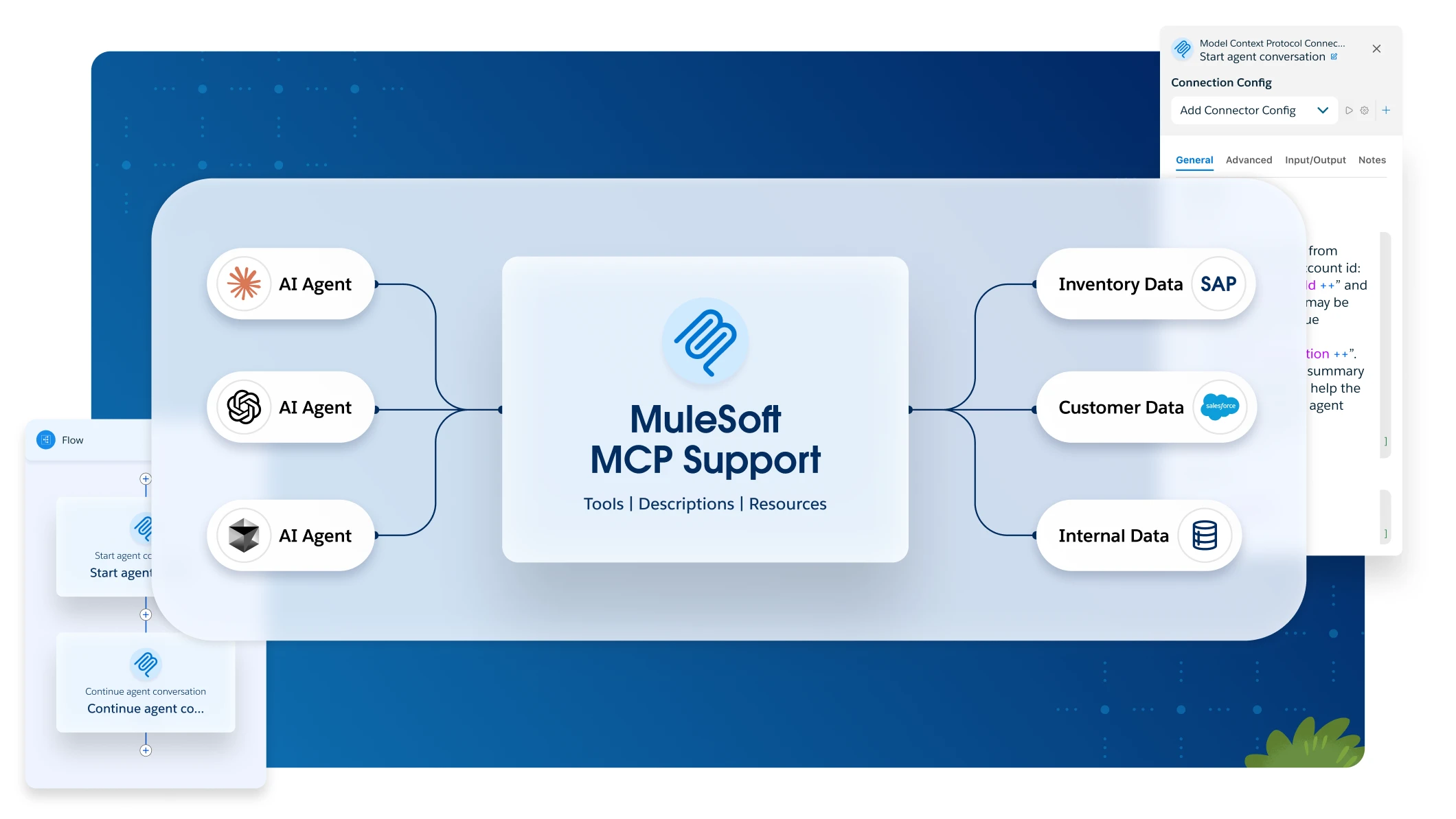-
Use the keyboard shortcuts:
-
Mac: Cmd+Shift+p
-
Windows: Ctrl+Shift+p
-
-
Select View > Command Palette.
Migrate Your Mule Project from Anypoint Studio to Anypoint Code Builder
Migrate your Mule project from Anypoint Studio to Anypoint Code Builder by creating a deployable Mule application archive (JAR file). With Anypoint Code Builder, you unlock a modern development experience with advantages like faster startup times, streamlined collaboration, and the integration of MuleSoft for Agentforce: Topic Center to enable API specifications for topics and agents.
Export Your Mule Project to a Sharable JAR File in Anypoint Studio
-
Open the project to export in Anypoint Studio.
-
Select Export from the File menu.
-
Click to expand the Mule folder.
-
Select Anypoint Studio Project to Mule Deployable Archive (includes Studio metadata) and click Next.
-
Select the project to export and click Next.
-
In the JAR file menu, click the ellipses (…) button to explore your local drive, and select the folder to which you want to export your deployable JAR file.
-
Click Finish.
Exporting Considerations
-
Select Attach Project Sources to include the project metadata if you plan to:
-
Reimport the deployable file as an open Mule project into your workspace
-
Import the JAR file into Anypoint Code Builder
-
Import the JAR file back into the same Studio workspace
-
Selecting Attach Project Sources flags the -DattachMuleSources parameter as if you would pack your Mule project with Mule Maven Plugin.
|
-
Select Include project module and dependencies if you plan to deploy your exported Mule project to CloudHub.
Import a Mule Project from a Sharable JAR File in Anypoint Code Builder
Import a shareable JAR file for a snapshot of a Mule project into the desktop IDE.
To create a shareable JAR file, see Export to a Shareable JAR File.
The contents are lightweight because they don’t include dependencies.
The IDE generates the dependencies configured in the pom.xml for the project.
To import a shareable JAR file in your desktop IDE:
-
Make sure that no project is open in the IDE.
-
Open the Command Palette.
Show me how
-
Provide the following command:
MuleSoft: Import a Mule Project -
Navigate to the shareable JAR file to import, and click Select jar file to import.
-
Navigate to a folder to which to unpack the JAR file, such as your home directory or any folder outside of a Mule project folder.
-
Click Select project folder.
The IDE unpacks the shareable JAR file for your project into the selected folder.
-
If your Mule project folder is closed, open a workspace for the project at the project’s root directory.
In addition to loading the graphical canvas, the IDE also loads dependencies defined in the
pom.xmlfor the project. If a Mule runtime or Java configuration is missing, set the versions to use from the canvas.Libraries load to the
target/repositoriesdirectory within the project folder. -
Test your project:
-
In the open project, check for errors and make sure that the configuration XML and canvas load correctly, which indicates that component dependencies resolved.
-
Check for any configurations to modify, such as ports or file paths in the configuration XML.
-
Run and debug your project:
For guidance, see Run Your Application in Debug Mode.
-




 Cloud IDE
Cloud IDE
 Desktop IDE
Desktop IDE